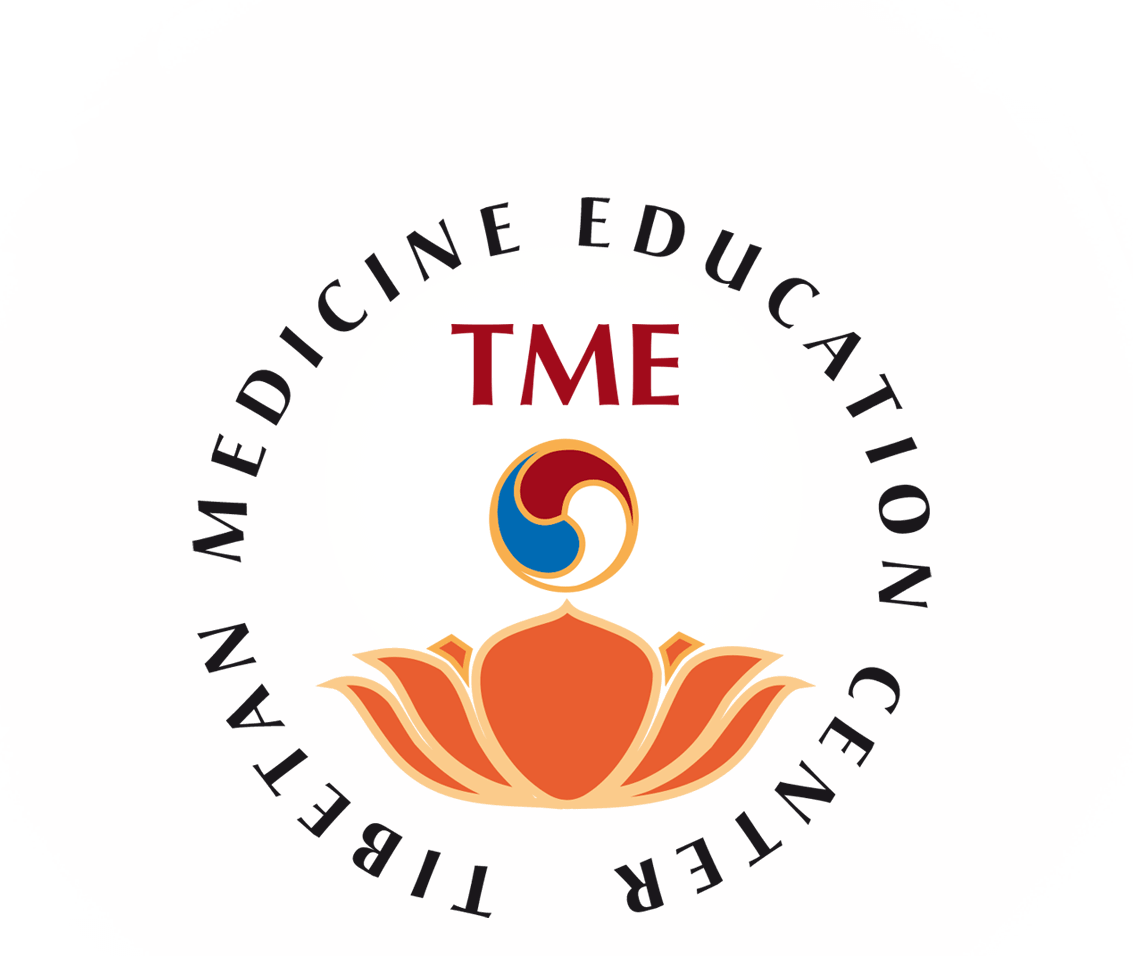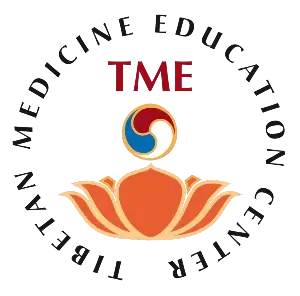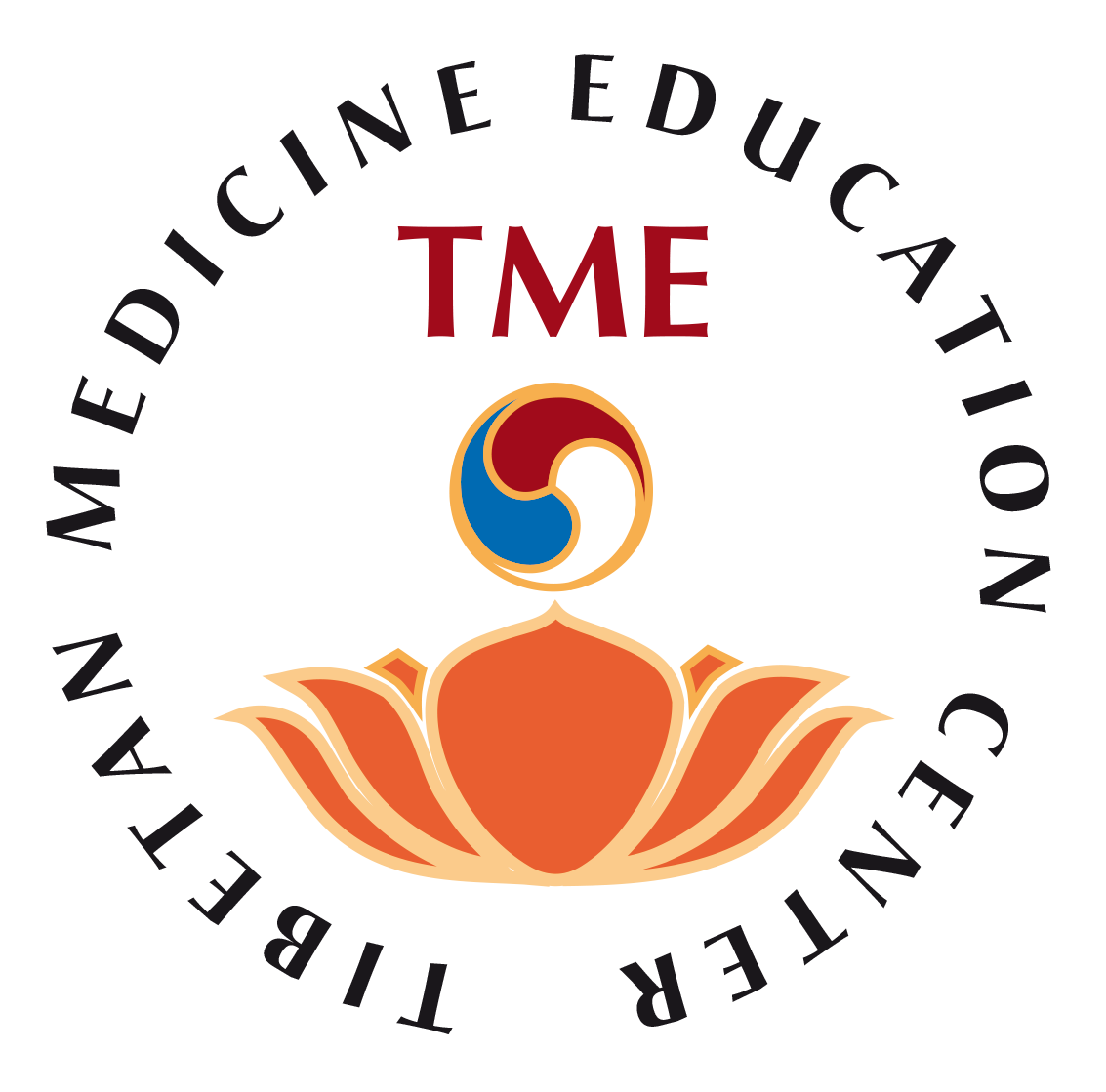Tibetan Embryology
Tibetan Embryology Part II

2. Five basic elements (‘Byungwachenpo-lnga)
The physical body is produced from the material and sub-material (subtle) of the five basic elements. They are the same as the subtle elements described earlier, and are concentrated in the parent’s two energies. The second tantra explains:
Basic tissues such as flesh and bones, as well as the nose organ and smell come from the earth element
Liquids of blood and lymph, brain, nerves as well as the tongue and taste are produced by the water element
The body temperature, color, as well as the eyes and vision come from the fire element
Respiration, skin, and tactility come from the wind element
The space element produces the body hollow organs, channels, orifices, external and internal body spaces, ears and sound, and pervades the whole body.
The child receives the elemental energies (nutrition) during the fetus development. The five elements (‘byungwa-lnga) are present in the food, water and air, and in everything that nourishes the child through the mother’s food nutrition. Therefore the presence of the five basic elements and their energy in harmony are of prime importance for the fetus development.
| Basic elements | Organs | Sense organs | Sense faculties | Sense objects |
|---|---|---|---|---|
| Space | heart/small intestine | ear | auditory | sound |
| Air | lungs/colon | skin | tactile | tangibles |
| Fire | liver/gall bladder | eyes | visual | visual objects |
| Water | kidney/urinary bladder | brain | tongue | gustatory taste |
| Earth | spleen/ stomach | nose | olfactory | smell |
2.2. Favorable karmic connections (Les’brel)
The concept of karmic connection is very important in Buddhism especially in the human development. Karma binds the relationships between body/minds; it is the power of the reunification of mind and matter, child and parents. The accumulated karma of the past life establishes the karmic connection with one’s future life and fortune, and directs the consciousness towards the future parents. Without a karmic connection, even with qualified energy of the couple and favorable conditions, the conception will not take place.
2.3. Bardo consciousness (Bardoi-sems)
The Bardo consciousness is a mental state between the past and the future life. The being is solely clothed with an illusory body or dream-like body (mental body), and is able to experience joy and suffering.
After the death of the past body, the Bardo state starts and the mind begins to travel in an unknown world. The Bardo mind can pass through material objects and move instantly to any place without being stopped by obstacles. The maximum Bardo duration is forty-nine days. During this period, the paths and desire of the Bardo being are directed by one’s own karma to get a new life. Some Bardo beings get their new life within several days after death while some others get a new life within a very short period spent in the Bardo state. All depends on their past karmic results [1]. The consciousness enjoys or suffers depending on the illusions manifested in the state of Bardo. The psycho-illusory body is very light like a feather, and possesses a strong power of clairvoyance. The consciousness, driven by the karmic force, is able to reach any place in the world where the future parents are living. It sees the couple and is attracted to them like bees to flowers
2.4. Quality of the reproductive fluids (khukhrag-bzang-ngan)
The quality of the two parents reproductive fluids is a basic factor for the conception of the child. Physically, it is the primary factor for the conception’s success or failure. Especially the mother’s menstruation quality is vital for the physical fertility, like that of the soil.
There are qualified and unqualified qualities of the parents energies (sperm and ovum). rGyud-bzhi describes the following two positive qualities that could give birth to a healthy child:
- The menstruation should be like a red colored lac or like a rabbit’s blood, and be washable by water.
- The man’s semen should be whitish, heavy, sweet, and in a large amount. The following negative qualities of the menstruation will prevent a conception.
- A menstruation disturbed by a wind disorder, which then has a rough quality, a dark color and an astringent taste.
- A Bile disorder contaminated menstruation, which is yellowish and has a sour taste, with a bad smell.
- A Phlegm disorder contaminated menstruation, which is sticky like mucus, and has a sweet taste and a low temperature.
- A blood disorder contaminated menstruation, which is like being decayed.
- Phlegm and Wind disorders, that produce menstruation divided in small parts (clotting)
- A blood and Bile disorder contaminated menstruation, which becomes like pus.
- A Phlegm and Bile disorder contaminated menstruation, which becomes like nodes.
- A Wind and Bile disorder contamination that dries up the menstruation in the womb (early natural menopause or untimely released menstruation).
- A total combined humors contamination, which shows mixed menstruation like feces and urine.
Any of these menstruations cannot support the conception of a child.
Negative quality of the man’s semen
- The semen that contains a poor amount of spermatozoa, which tends to be found in the Wind/Phlegm constitution.
- Unusual spermatozoa formation
- Lazy and weak spermatozoa
Any of the parents poor or unqualified reproductive fluids described above could prevent the conception or may give a handicapped child if fertilized. The picture is given here in the geriatric chapter; “A poor or unqualified man’s semen is like a bad quality seed that can’t give birth, and an unqualified menstruation is like a bad field which cannot support the seed to grow.”
2.5. Menstrual cycle (Zla-mtshan)
The menstruation cycle is a very important function in the conception process. The menstrual cycle starts when they are around twelve years old, and continues till they reach around fifty. It is called Zla-mtshen, which means ‘monthly sign‘. It is the sign of energy discharged under the form of menses according to the woman’s individual body clock. Cycles and ovulation time differ from one woman to another. It is her personal body clock, which mainly corresponds to the lunar calendar. Before twelve years old, women need the energy to develop the physical body, so no menses are produced. The beginning of menstruation is the sign of puberty and adolescence, and that the physical development is generally completed. After fifty years old, women enter then in the menopause stage. Again, nutrients are needed for the body sustainment, so menses cease.
Dysmenorrhea and amenorrhea, physical disorders, unqualified menses etc. can be obstacles to fertility. Menstruation is a symbol of the sun energy (fire) while sperm has moon energy. They are the earth and sky nature that can produce anything if they are in favorable conditions. The menstruation cycle follows the lunar phases and generally produces ovulation during the waxing moon, and menses are mostly discharged during the waning moon.
The Tibetan traditional concept on general menstruation time is based on the Tibetan lunar calendar. Desid Sangye Gyatsho’s Bedurya Malika commentary on the second tantra describes: “From day 16 to day 30 (first day of the waning moon to the dark moon), it is the when the solar energy increases and therefore generally women produce menstruation in the ovary for two waxing weeks. From day 1 to 15 (first day of the waxing moon to the full moon), the lunar energy increases and most women begin to collect the menstruation from ovary through the fallopian tubes to the uterus for two waning weeks. The uterus begins to open its door when the menstruation reaches t. ”Tibetan medicine generally does not distinguish the ovum and menstruation. The concept is like apple and seeds, they grow together. Therefore literatures mainly use only zla mtshan or monthly sign for menstruation. But for the man’s sperm, there are two separated names: khuwai ‘bu, or sperm, and khu chu for the liquid.
- See details in “The Tibetan Book of the Dead”.



